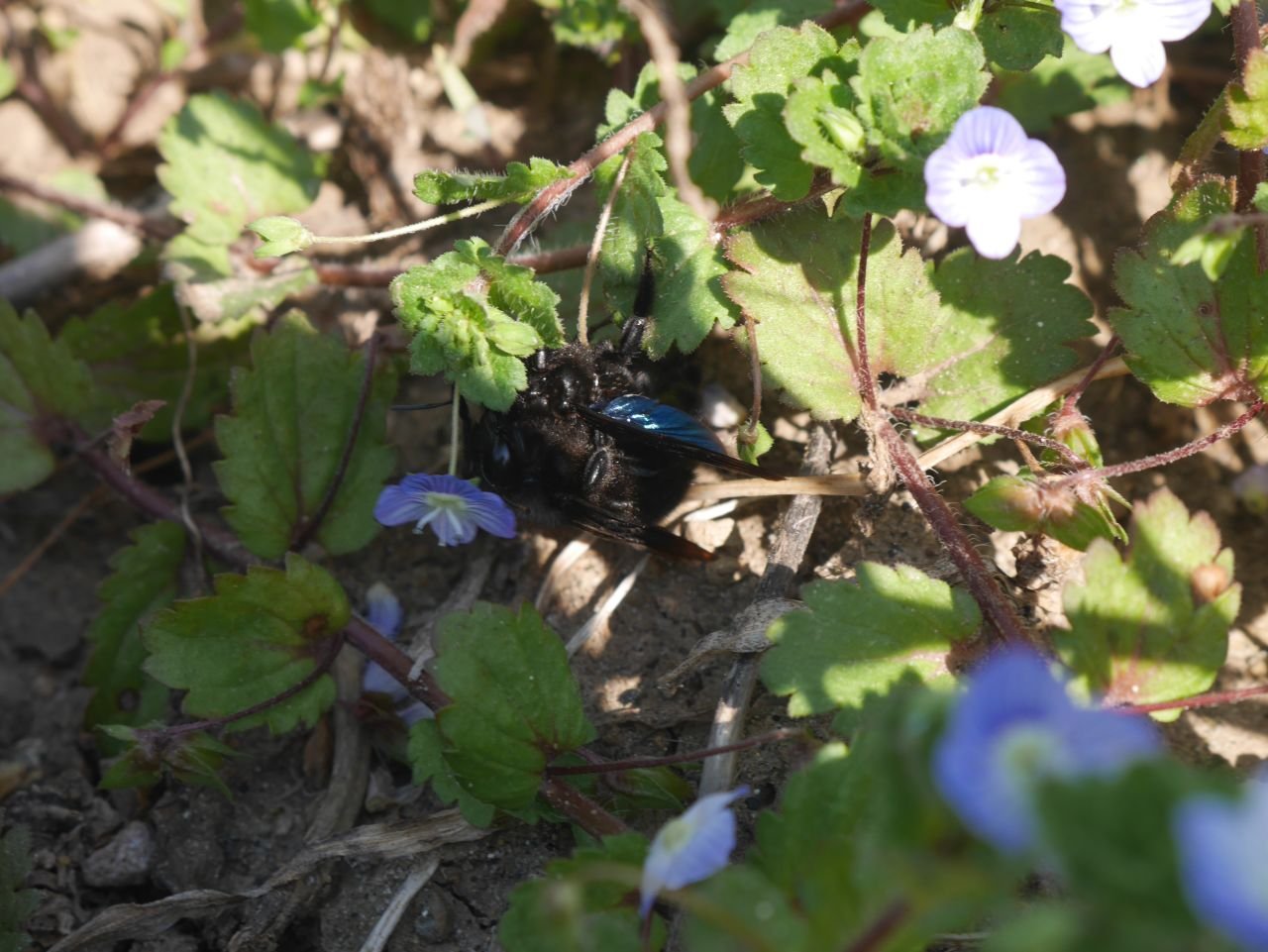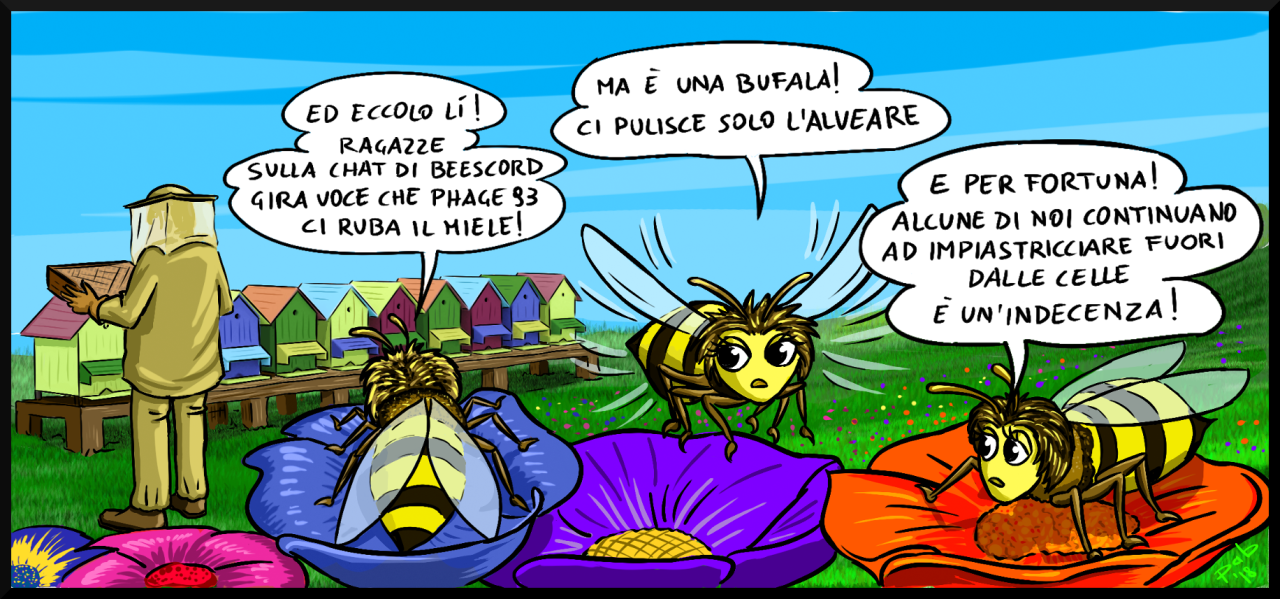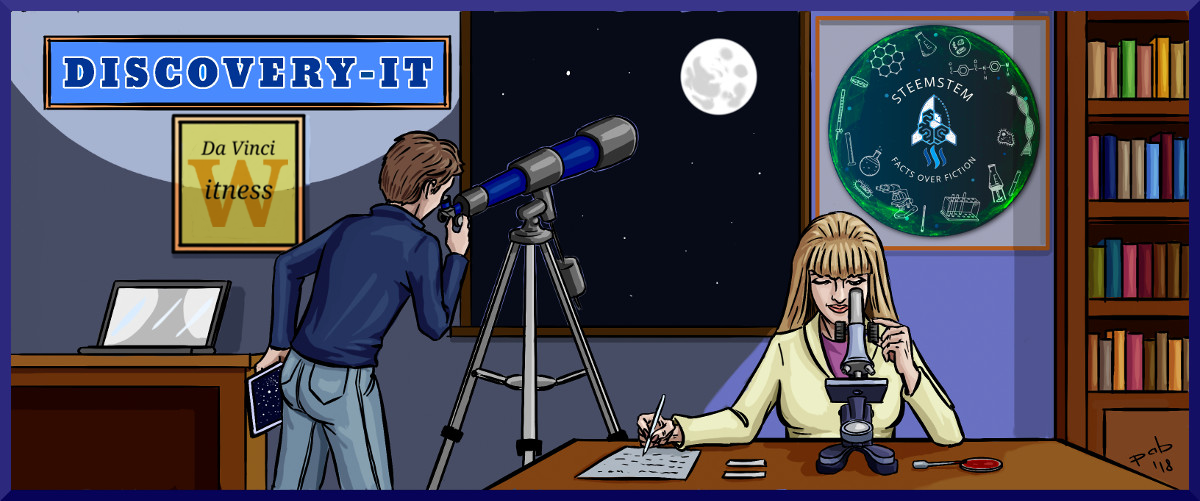Durante la giornata odierna in apiario ho avuto la possibilità di realizzare questo video, ritraente la fase di accoppiamento dell'ape legnaiola (Xylocopa violacea).

Gli apiari attraggono molti insetti per via del loro intenso odore di miele, e per la facilità di reperire cibo per i predatori. L'ape legnaiola vive in pace con le sue cugine mellifere ed è solita recarsi in prossimità degli alveari per razziare i preziosi materiali di rifiuto generati dall'alveare (briciole di polline, cera ecc ecc). Ma quest'oggi non mi sono imbattuto nel classico incontro, ma bensì mi sono ritrovato alla prese con un accoppiamento, avvenuto proprio nei paraggi degli apiari.
Today in the apiary I had the opportunity to make this video, portraying the mating of the carpenter bee (Xylocopa violacea).
The apiaries attract many insects because of their intense smell of honey, and for the facility of finding food for predators. The carpenter bee lives in peace with its melliferous cousins and usually goes near the hives to rade the precious waste materials generated by the hive (crumbs of pollen, wax, etc.). But today I did not come across the classic meeting, but I found myself experiencing with a mating, which occurred near the apiaries.
Dopo il secondo 20 è possibile sentire il canto della vergine (stesso canto che emettono le regine di ape melliferi prima del volo di accoppiamento).
After 20 seconds you can hear the song of the virgin (same song that emits the honey bee-queens before the mating flight).
Come notate dal video, l'accoppiamento non avviene durante il volo nei corridoi di fecondazione come per le api mellifere, ma durante il mio seguire "gli insetti", ho notato che: dopo i primi violenti voli e ronzii, la Xylocopa violacea ha iniziato il suo accoppiamento sul suolo depositandosi su piccoli ramentti, spostandosi di tanto in tanto, per poi volare tra i rami di un albero.
Un altro aspetto sicuramente interessante è che durante il volo, solo il maschio ha la possibilità di utilizzare le ali, quindi una volta iniziato l'accoppiamento dovrà gravarsi del peso della femmina per tutto l'atto.
Sono ancora pochi i studi sulle api solitarie in questo momento e, sapere la fine del povero maschio non mi è di facile reperibilità. Ma è stato invece osservato come quello che per me era un semplice ronzio pre-accoppiamento si rivelava essere una fase di "attacco", fasi studiate dai ricercatori, durante le quali, le femmine scelgono il candidato maschio con il quale andranno ad accoppiarsi.
As you can see from the video, mating does not happen during the flight in the corridors of fertilization as for honey bees, but during the video, I noticed that: after the first violent flights and buzzes, the Xylocopa violacea started its mating on the ground depositing itself on small branches, moving from time to time, and then flying through the branches of a tree.
Another interesting fact is that during the flight, only the male has the possibility to use the wings, so once the mating has begun, the female will be loaded during all the act.
There are still a few studies on solitary bees nowadays and, knowing the end of the poor male is not simple. But I noticed that what for me was a simple pre accompaniment buzz turned out to be a phase of "attack", that the researchers are studying, and during this phase, the females choose the male candidate with whom they will mate.
Cosa curiosa, letta durante mi documentavo un po meglio su questo Apidae, è che durante gli attacchi di fecondazione può capitare che alcuni maschi si attacchino tra loro proprio come in accoppiamento, portando a termine l'atto.
Si descrive in oltre come il maschio che aggancia strofini le zampe sul capo dell'altro.. ( se notate nel video accade proprio questo... non è che..) aah che bella la scienza!!!
A curious thing that I have read while I was documenting a little bit better about this Apidae is that, during these fecundation attacks, it can happen that some males attack each other just as if mating, completing the act.
In addition it is described how the male that braces, rubs the paws on the head of the other .. (if you notice in the video happens this ... it's not that ..) Ah, science is awesome!
Fonti:
BIOLOGIA DI XYLOCOPA VIOLACEA (LINNÈ, 1758) (HYMENOPTERA: APIDAE): REPERTORIO FLORISTICO EUROPEO
Foto:
Tutte le foto/video sono di mia proprietà e condivise in CC by 2.0
Image released to the public domain CC by 2.0


